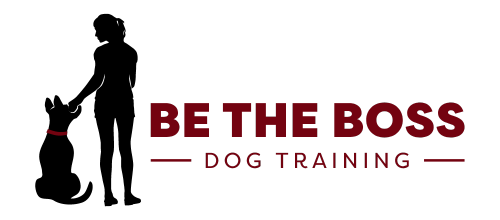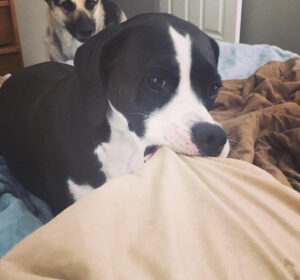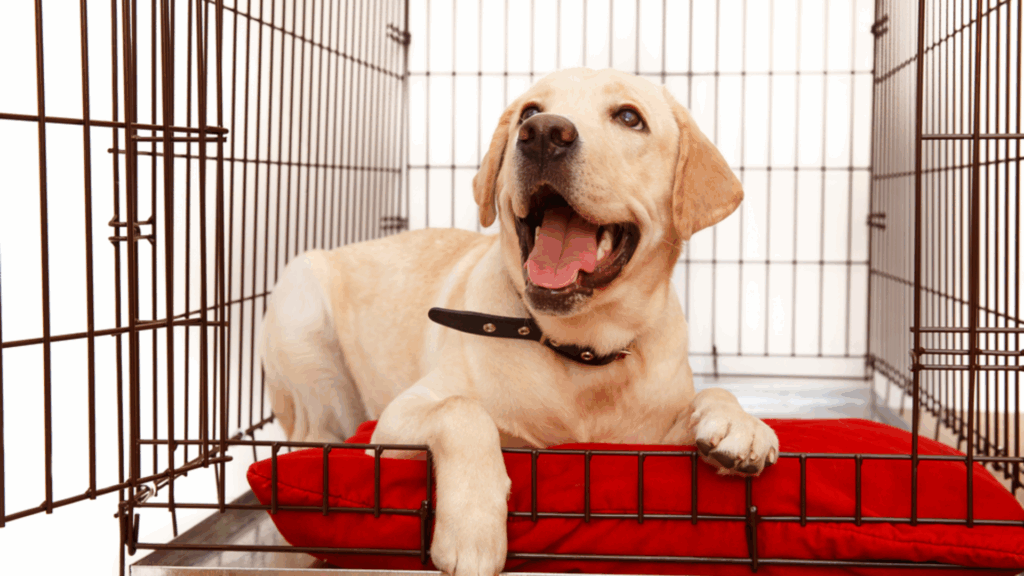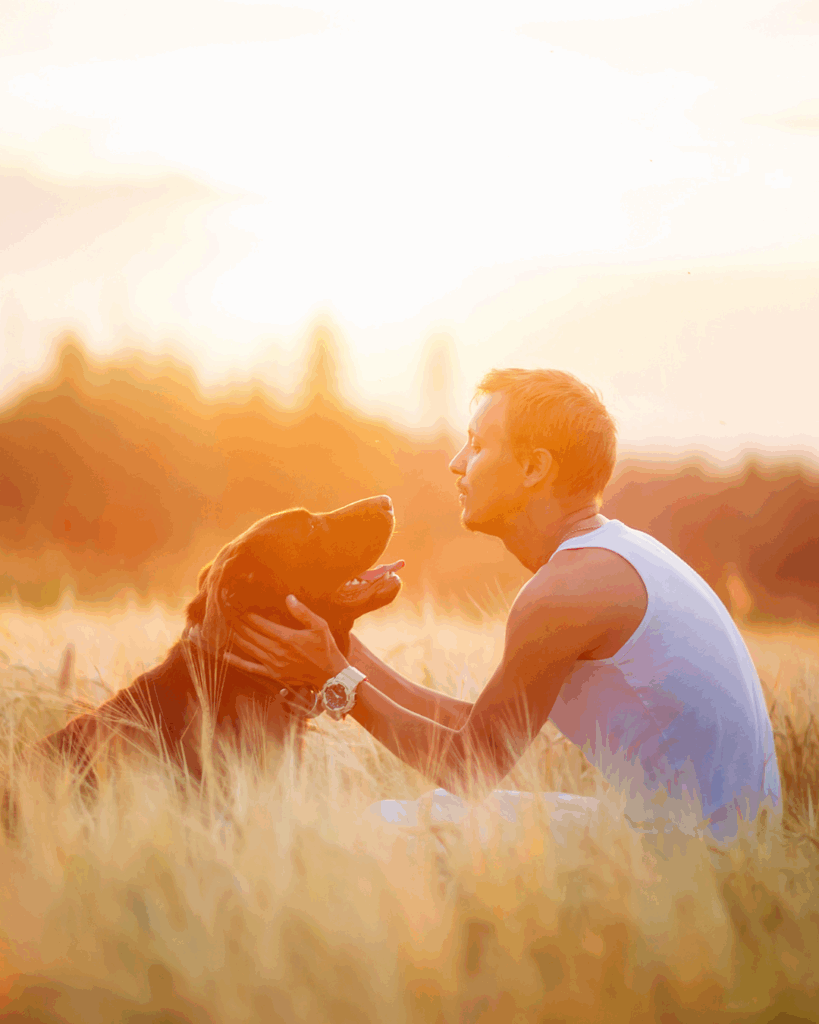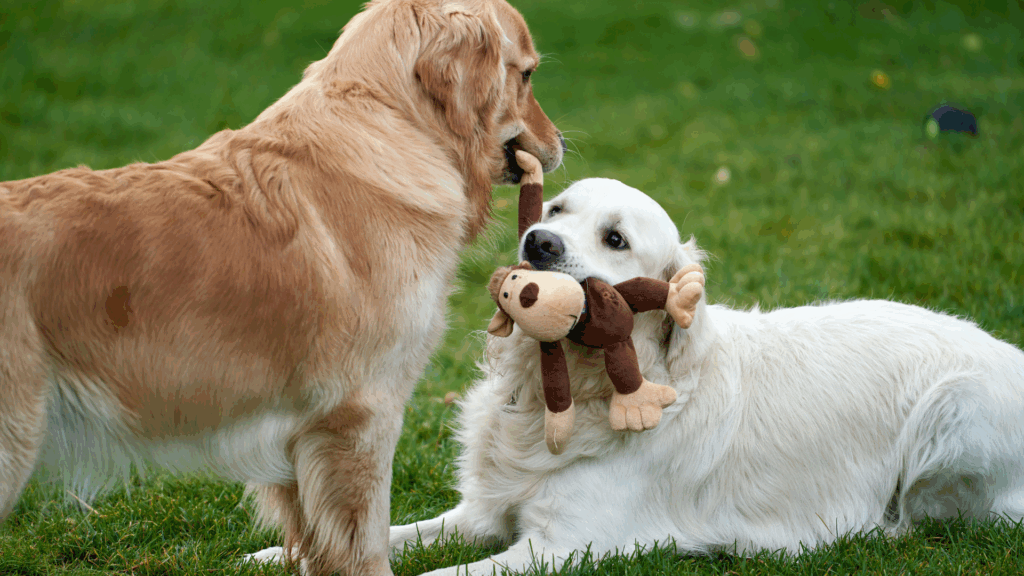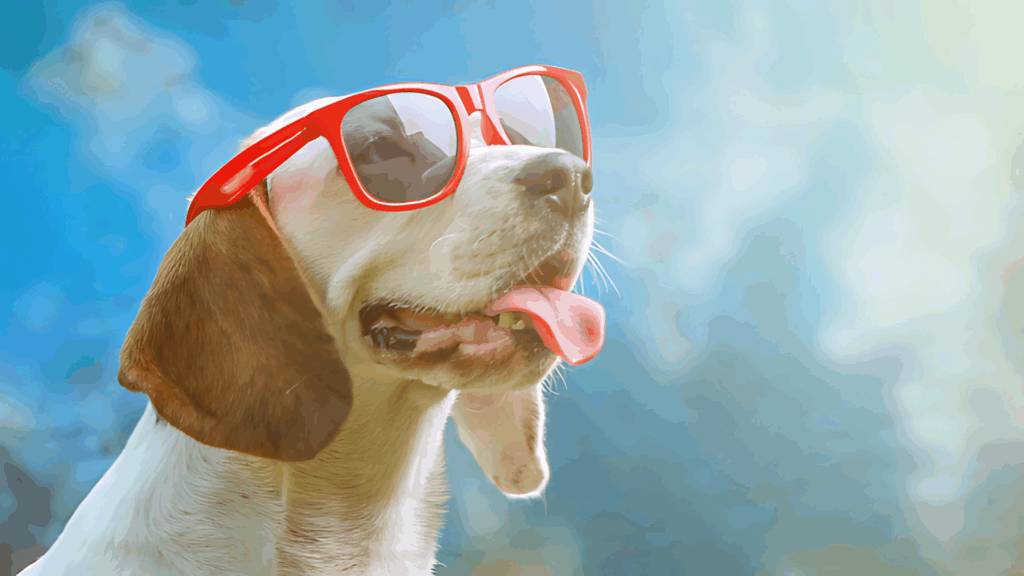Feeling frustrated that stopping your dog’s bad behavior feels impossible? Or tried every tip from the internet with no luck? Look no further! Here’s the tool I leave with every client I meet…even if they don’t sign up with me.
My Go-To Dog-Training Tool to Stop Bad Behavior
It’s called a “bonker”. It’s a rolled-up towel that you hit or throw at the dog to get them to stop a bad behavior. If you are a loving pet owner, you just read “something you hit or throw at your dog”. Yes, you are hitting your dog….with a towel. You are not going to hurt them, I promise. Here’s a great video with Gary Wilkes, showing a perfect example of how to use a bonker, and the dog’s reaction. Watch here.
Will it work? Absolutely. However, here’s the biggest reason this tool will fail. You won’t tell your dog “no”. Telling any animal, or child, no never scarred them for life. If you are willing to tell your child “no” for their safety, please tell your dog “no” as well. Below are some bad behaviors I’ve successfully helped clients with.
- Barking at the door
- Jumping on guests
- Nipping at children
- Howling in the crate
- Grabbing food off the counter
How to use the bonker correctly:
- Mark the bad behavior immediately with the word “no”.
- Bonk the dog firmly or throw the bonker at the dog.
I’m happy to help with other questions as well, so please contact me here. Good luck…may the odds be ever in your favor!
Like below and share with your friends!
